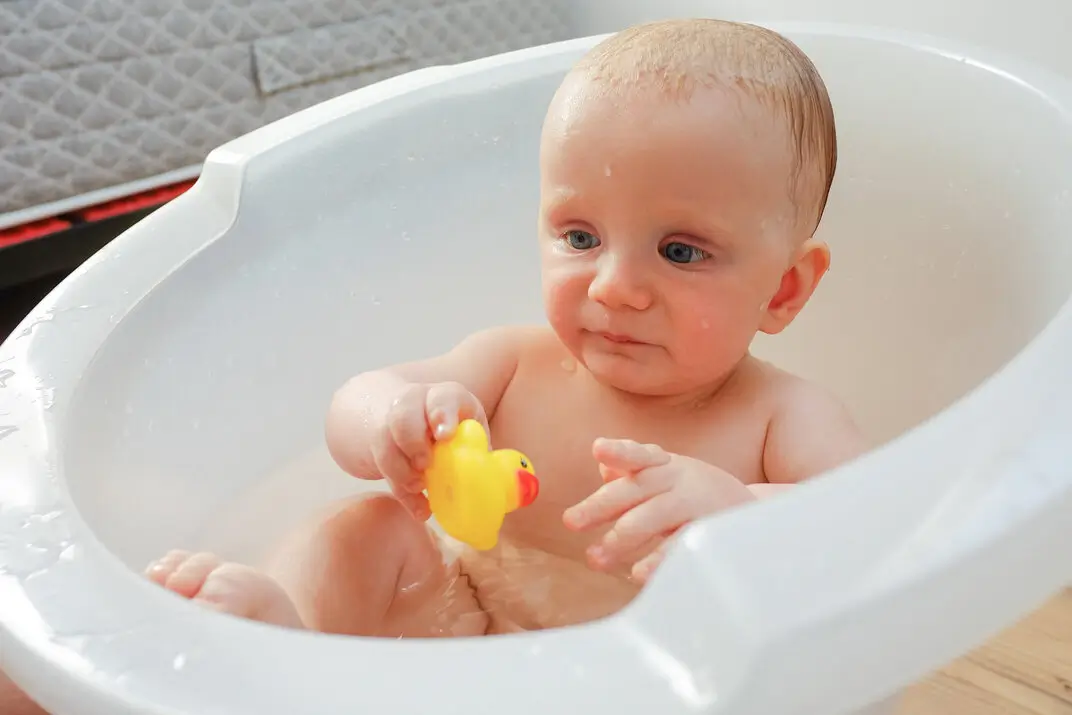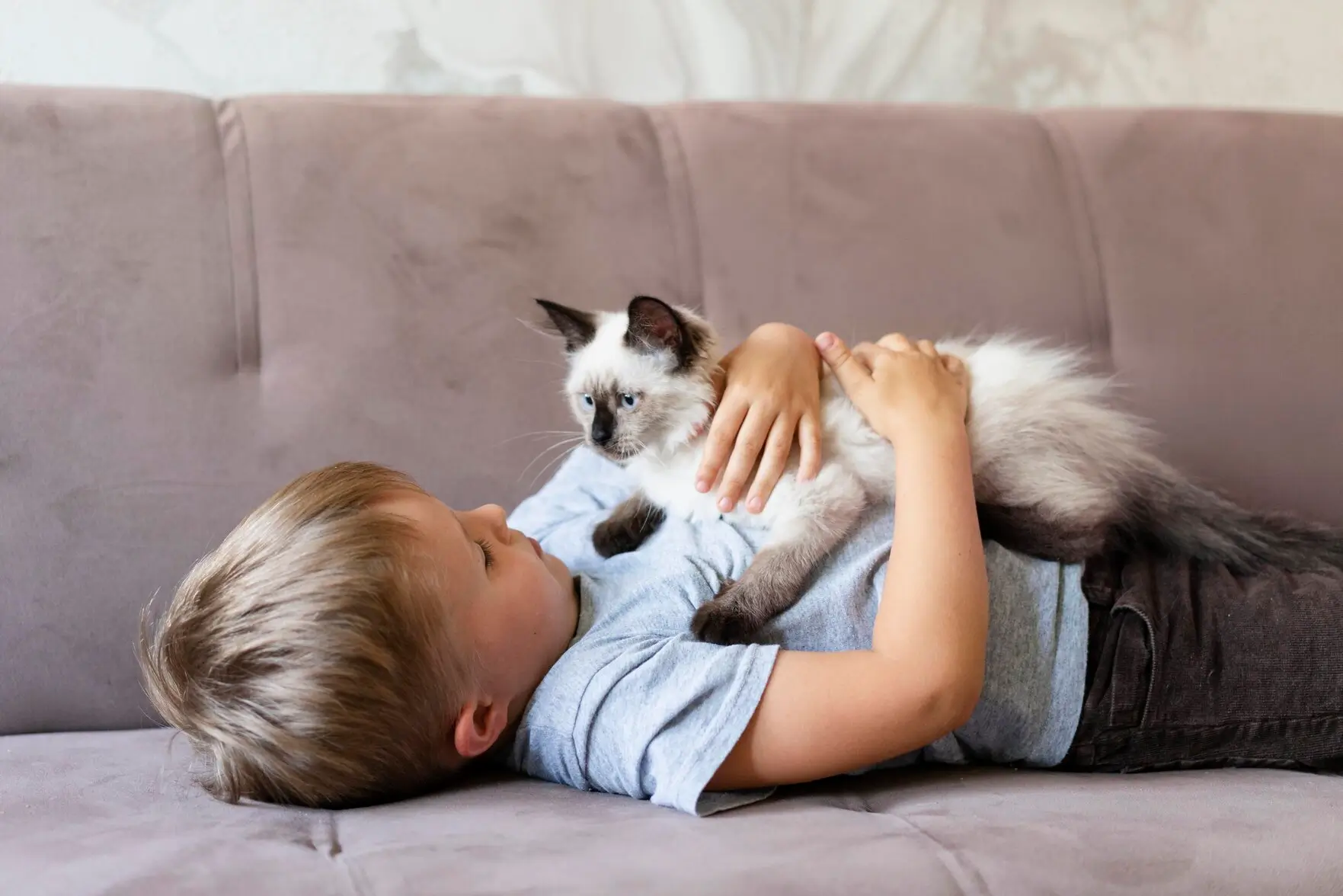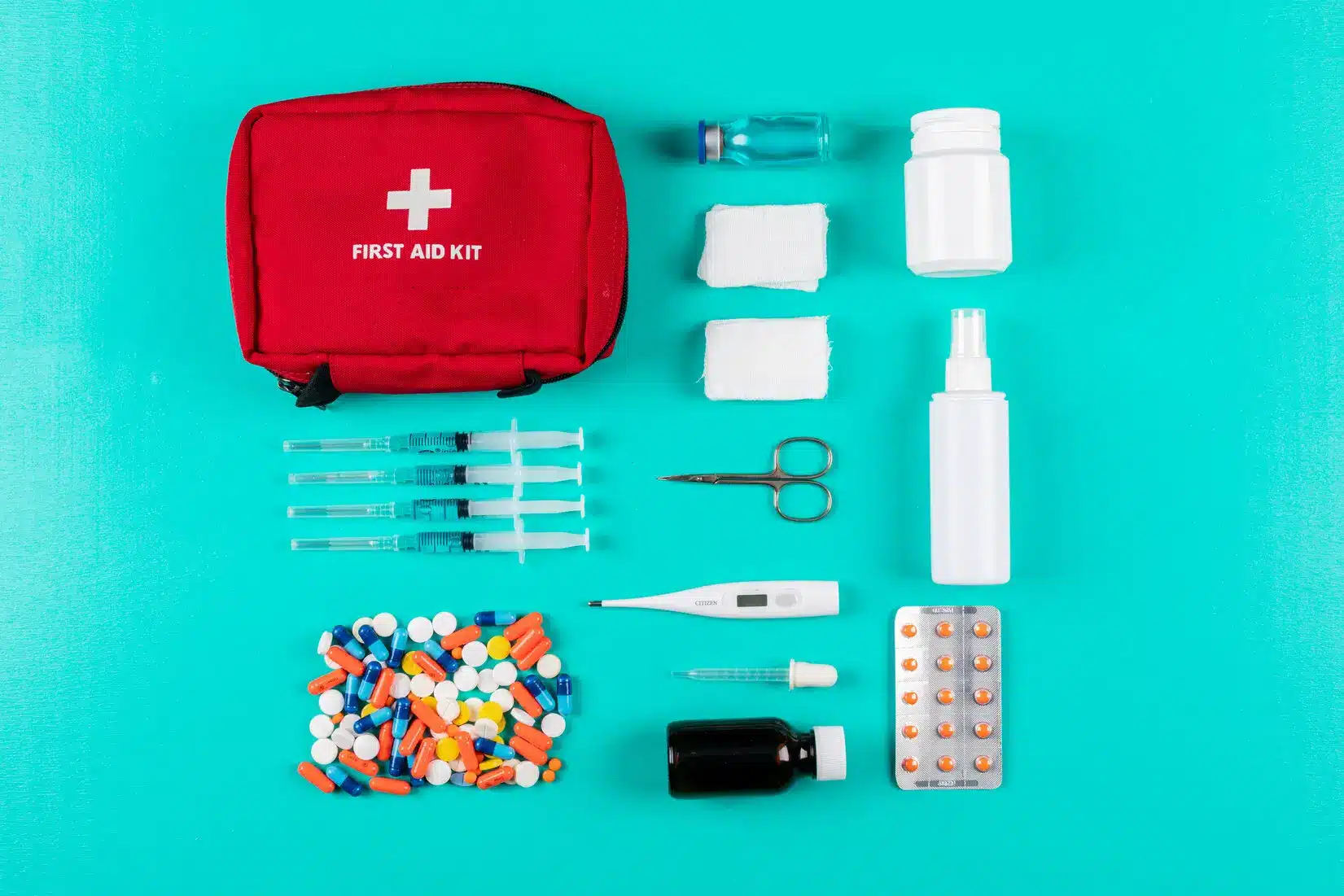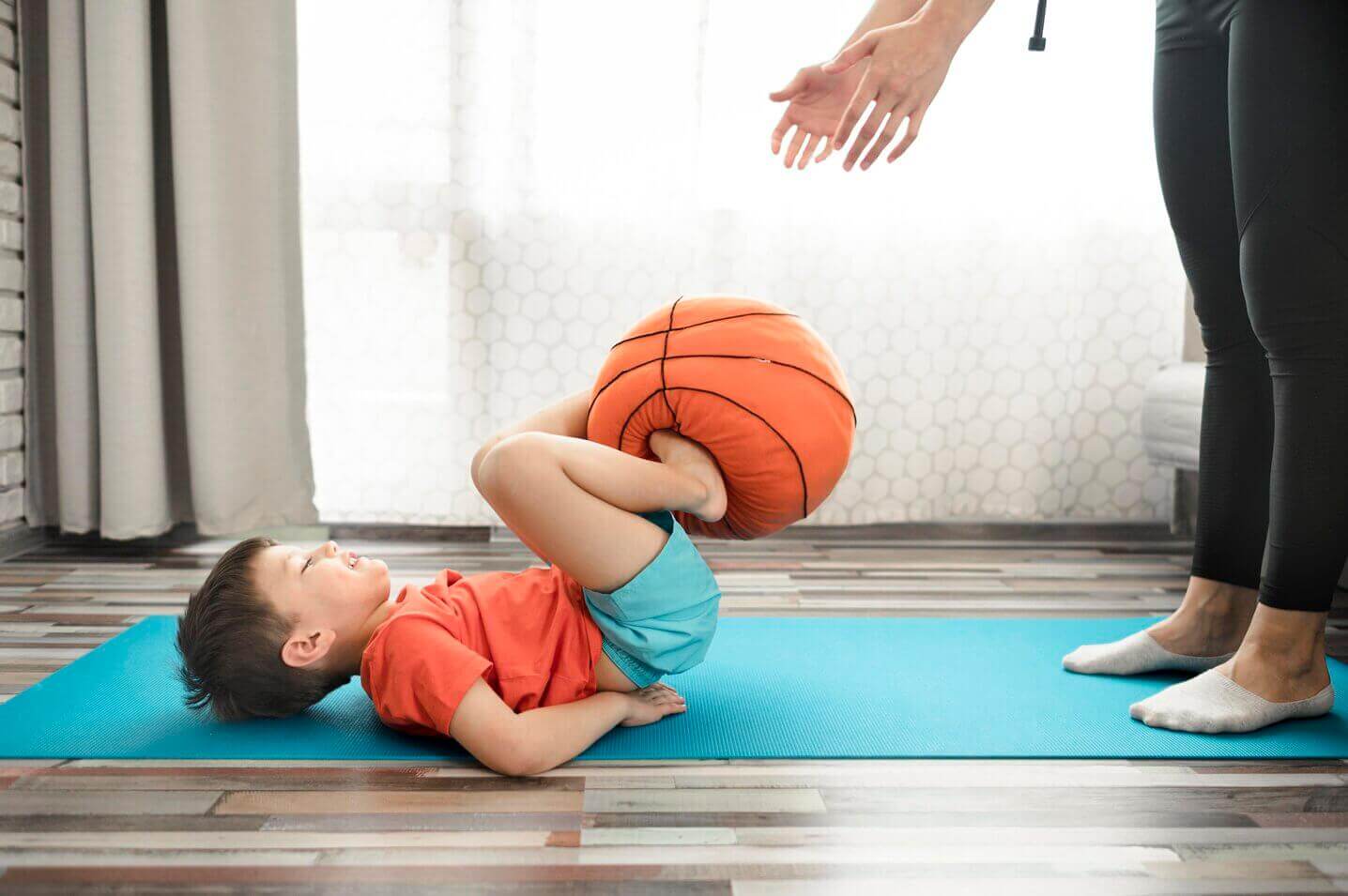Bath a newborn can feel simple with a planned setup, checked temperature, and very short first sessions. Use plain, scent-light products, a warm room, and a steady grip. Begin with a sponge bath, then move to the tub once the umbilical stump falls off. With a few steady habits, the process stays manageable clean, cozy, and kind.
Newborn first bath basics
Why hospitals often delay the newborn first bath in hospital
Many teams pause routine bathing so a baby can stay warm, keep vernix on the skin, and bond with parents. WHO-aligned guidance often recommends waiting about 24 hours; some centers aim for at least a few hours. Delaying supports temperature stability and early feeding. Ask about a newborn’s first bath in the hospital during the tour so the plan is clear.
Choosing a first sponge bath newborn at home
Begin with a first sponge bath newborn routine while the umbilical stump remains attached. Keep the belly button dry; wipe folds, neck, hands, and diaper area with warm water and a small amount of gentle cleanser if needed. After the stump falls, transition to a shallow tub. Pediatric and clinical guides endorse this sequence about bath a newborn.
How to set an infant bath time routine that stays calm
An infant bath time routine runs short and steady: warm room, towels ready, pump bottle within reach, fresh diaper staged for bath a newborn. Keep the lights soft and speak through steps if helpful. A brief song can relax tiny shoulders familiar rhythm over fanfare.
Timing, frequency, and sleep
Delayed bath for newborn benefits
A delayed bath for a newborn helps protect body heat, keeps vernix to hydrate skin, and preserves time for skin-to-skin and first feeds. Hospitals acknowledge these benefits more often now. When staff discuss timing, request delayed bath newborn unless a clinical reason prevents it.
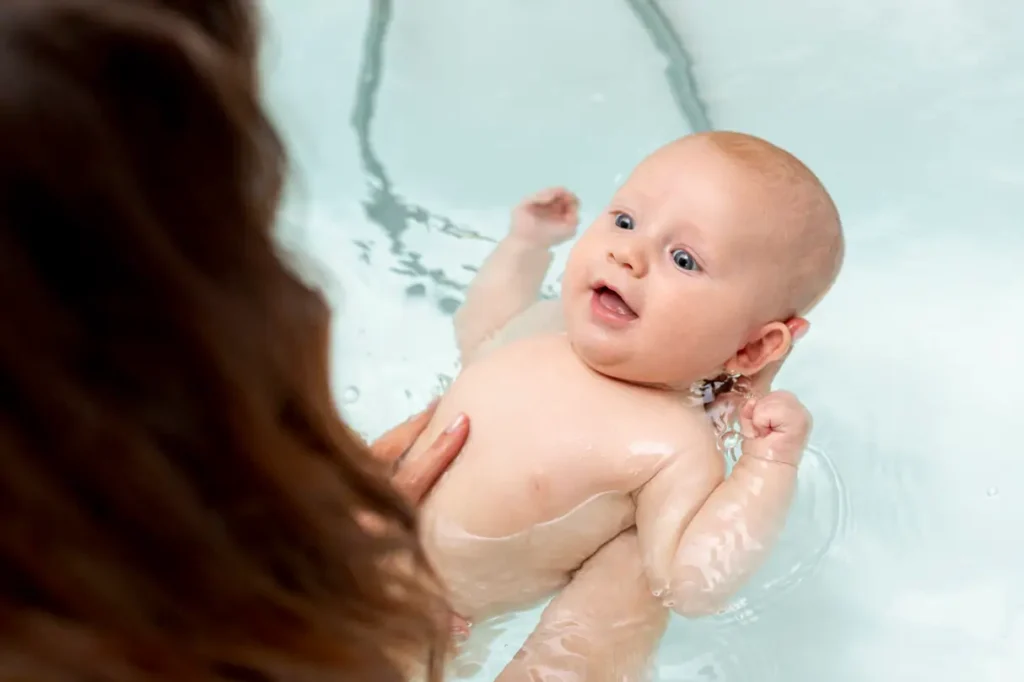
Newborn bath frequency in real life
Daily tub baths are not required. Two to four per week with diaper-area cleaning at every change is common. Over-bathing may dry skin, so keep sessions short. Major sources support fewer baths in early weeks.
baby first sleepy time and post-bath wind-down
Warm water may relax some infants, but a full bath can also stimulate. On “baby first sleepy time” evenings, keep it brief, dim the room, then feed and swaddle. If wakefulness follows baths, shift to earlier hours.
During the bath — calm steps for bath a newborn
Keep sessions brief and warm. Begin with the face using water only, then clean neck folds, arms, and torso before the diaper area. For a first sponge bath for a newborn, keep the umbilical stump dry and work in small sections.
For a newborn’s first bath, use a shallow basin with one to two inches of warm water; maintain bathwater temp near the ideal bath temp by pouring warm water over the body. A mild newborn soap bath can help with sticky spots; rinse thoroughly. These steps align with a steady infant bath time routine in both home settings and a hospital newborn bath.
After the bath — dry, moisturize, and baby first sleepy time
Lift to a towel, pat dry especially in creases then apply a light, fragrance-free moisturizer to damp skin. Dress promptly to hold warmth. A short feed, dim lights, and soft music set the tone for baby first sleepy time.
This wind-down pairs well with a practical newborn bath frequency of two to four times weekly, with daily top-and-tail as needed. Whether the first bath happens at home or after a newborn’s first bath in hospital, the same calm finish supports stable temperature and comfort.
Safety first — safeguards for every bath a newborn session
- Keep a hand on the baby at all times; never step away.
- Check bathwater temp before entry and during the wash; match the ideal bath temp in the room.
- Use a minimal cleanser for any newborn soap bath and rinse completely.
- Limit time in water; short, warm sessions reduce chills.
- Choose a first sponge bath newborn before stump separation; move to the tub later.
- Stage the little bathing kit within reach to avoid breaks.
- In a hospital newborn bath, confirm delay options and product choices; for a newborn’s first bath in hospital, request a gentle, brief approach.
Water and room prep
Ideal bath temp and checking bathwater temp
Target an ideal bath temp that feels warm, not hot on the inner wrist for bath a newborn. Guidance describes lukewarm water and a warm room around 75–80°F. Swirl water for even heat and re-check bathwater temp before placing the baby in. A simple bath thermometer can assist.
Setting up for a quick newborn soap bath (or water-only)
For a newborn soap bath, use a tiny pump of mild, unscented cleanser. Water-only suffices most days. For areas like neck folds, a dab of cleanser helps; rinse thoroughly so no residue remains.
Towels, pads, and little bathing gear list
A compact “little bathing” kit: two soft towels, one washcloth, fragrance-free cleanser, a peri bottle for gentle rinsing, a pad or folded towel for the counter, with a clean diaper and sleeper within reach.
How to bath a newborn step-by-step
First sponge bath for newborn (until stump falls)
Before stump separation, perform a first sponge bath for the newborn using warm water. Clean one area at a time: face (water only), behind ears, neck, under arms, hands, diaper area last. Pat dry throughout to prevent chilling. Safety sources recommend sponge baths until the cord is gone for bath a new born.
Transition to the tub after the stump falls
After healing, bath a newborn in a shallow infant tub with one to two inches of warm water. One hand supports shoulders and head while the other washes. Keep a calm hold and pour warm water over the body to prevent chill. If crying escalates, end early and try another day.
Rinse, lift, pat-dry, moisturize
Rinse with fresh, warm water (a peri bottle helps), lift to a towel, pat dry, then apply a light, fragrance-free moisturizer to damp skin. Dress promptly to preserve warmth in bath a newborn.
Hospital and home what changes
What to expect during a hospital newborn bath
A hospital newborn bath is brief, gentle, and supervised. If bathing is planned soon after birth, ask about delay options, temperature checks, and product choices. If staff demonstrate the technique, watch hand placement and rinsing.
Doing the newborn first bath at home
At home, the newborn first bath proceeds slower, with low music and staged supplies. Confirm bathwater temp, keep one hand on the baby at all times, and finish within minutes. Skip powders and strong scents; aim for a clean rinse and snug swaddle.
Quick fixes
Dry skin, chills, and slippery holds
If skin appears dry, reduce frequency, shorten water time, and moisturize after pat-drying. If shivering occurs, warm the room, re-check ideal bath temp, and place a warm, wet cloth over the tummy. For grip, use a tub with a newborn sling or line the basin with a folded towel.
Products for a gentle newborn soap bath
Choose fragrance-free, dye-free cleanser and use a very small amount. If a rash appears, pause the product and switch to water-only until skin settles.
Safety checklist for every session
- Set up the space before starting.
- Maintain a hand on the baby at all times.
- Keep sessions short.
- Check bathwater temp twice.
- Wipe eyes and face with water only.
- Keep towels, diaper, and sleeper within arm’s reach.
- Secure pets elsewhere and silence phones.
Public guidance emphasizes: never leave a baby alone in the bath; sponge baths until stump separation; warm water, not hot.
How to bath a newborn in different settings
bath a newborn in a small apartment
Use the kitchen counter for a sponge bath (on a thick towel) or place the infant tub in the sink for bath a newborn. Run the tap until water stabilizes, fill the tub, then shut the faucet before the baby goes in.
bath a newborn when traveling
Pack a washcloth, small cleanser, peri bottle, and quick-dry towel. Use the sink for a sponge bath, then moisturize and dress near a warm source (not too close). The same infant bath time routine applies.
Short scripts for tricky moments
Crying from the start
Pause, swaddle briefly, add soft humming. If bath a newborn distress continues, switch to a quick wipe-down and retry on another day.
Milk neck or sticky folds
Wet a washcloth with warm water, add one pump of cleanser, then wipe and rinse well. Dry folds thoroughly to prevent irritation in bath a newborn.
“Is this clean enough?”
Early bath a newborn sessions favor comfort and warmth over perfection. Fresh diaper area and dry folds mark success.
Temperature and tools
- bathwater temp: warm on the inner wrist; swirl to avoid hot spots.
- ideal bath temp for the room: warm enough to avoid chills.
- newborn soap bath: tiny amount of mild cleanser; rinse completely.
- newborn bath frequency: about two to four times weekly, with daily top-and-tail as needed.
First bath myths to skip
- Daily baths are required.
- More bubbles mean cleaner.
- Long baths always improve sleep.
Conclusion
The plan to bath a newborn remains straightforward: delay if allowed, begin with a sponge bath, keep the room warm, verify bathwater temp, use minimal cleanser, and finish fast. A small, repeatable routine fits real life. With this rhythm, bath a newborn stays safe, warm, and calm clean skin, steady shoulders, and a cozy swaddle to close.

